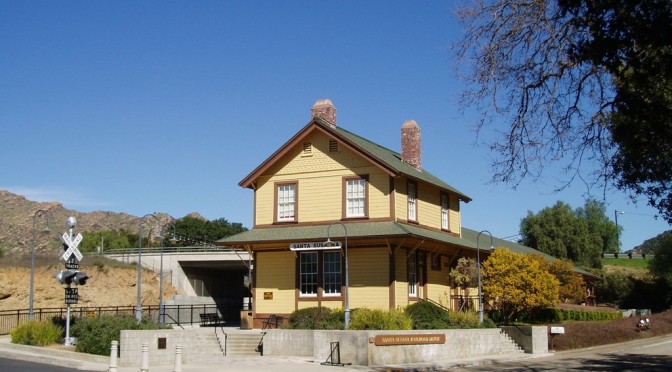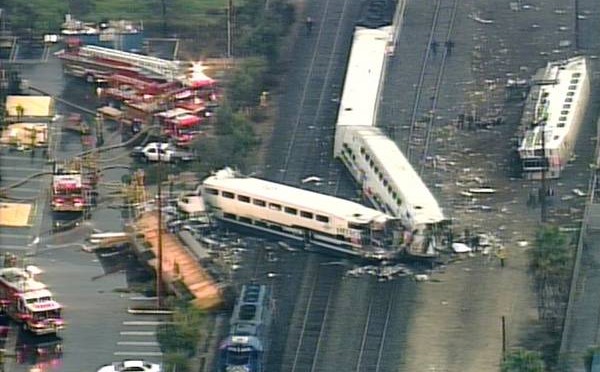Kenneth Piper, March 12, 2014
We in the Santa Susana Knolls, and, indeed, all the unincorporated communities in Ventura County, need to take on the responsibility of determining our future. We need to have an active say in what goes on within our communities, just as the incorporated cities do.
In November, the Board of Supervisors voted 3-2 to defeat the proposed development of the “Ranch” property in the Santa Susana Knolls. The community residents breathed a collective sigh of relief and celebrated. The celebration is tempered, however, by the comments of Supervisor Foy before his vote for the development. He said we got what we wanted now, but that down the road we might get a development of 100 or 200 units.
Some of the residents took it as a threat. But he was just giving us a dose of reality. The reality is that all it takes is a change of one supervisor and a resubmission of a development proposal. It does mean restarting the long process. But we can never feel safe as long as the decisions that affect our lives are made by 5 people who have the closest thing to regal powers that exists at any level of government in the United States.
At the July 2004 Board of Supervisors’ meeting regarding development in the Santa Susana Knolls, I described how the unincorporated community of Caspar in coastal northern California is working proactively with Mendocino county in order to determine their own future. In Caspar, they are not saying no to all development. They realize that property owners have a right to make a fair profit from their property. But they are making sure that the whole community is involved from the start so that everyone can live with the result. That way everyone comes out a winner. It is a model for community involvement that has caught the attention of state lawmakers in Sacramento, and they like what they see.
In the case of Caspar, the county government has been supportive of this approach. It makes their job easier. They see their job as supporting the needs of all their constituents, not just those who bankroll their re-elections. It also makes the developers’ jobs easier, because they can move ahead more quickly, and without the expense and delay of lawsuits.
In 2004, I said we needed a similar say in our future. The Supervisors were silent on the issue. When Supervisor Foy first came to our community after being elected in 2006, I asked him what he thought about such a plan. He said we did not need it.
In 1991 the landowner and a previous developer had submitted a plan for development of about 30 home sites on the ranch property. The plan had the support of the community. Had they gone ahead with the development then, it would have gone through, and the landowner would have made his profit. Instead, beginning about 1997, we have had 16 years of fighting much more intrusive proposals that negatively impact the entire community. Our own supervisor considers developers’ desires as more important than the needs of the community. And, our future is still in doubt.
Now is when we need to demand a greater role. The entire county community needs to wake up and take control of their future.


